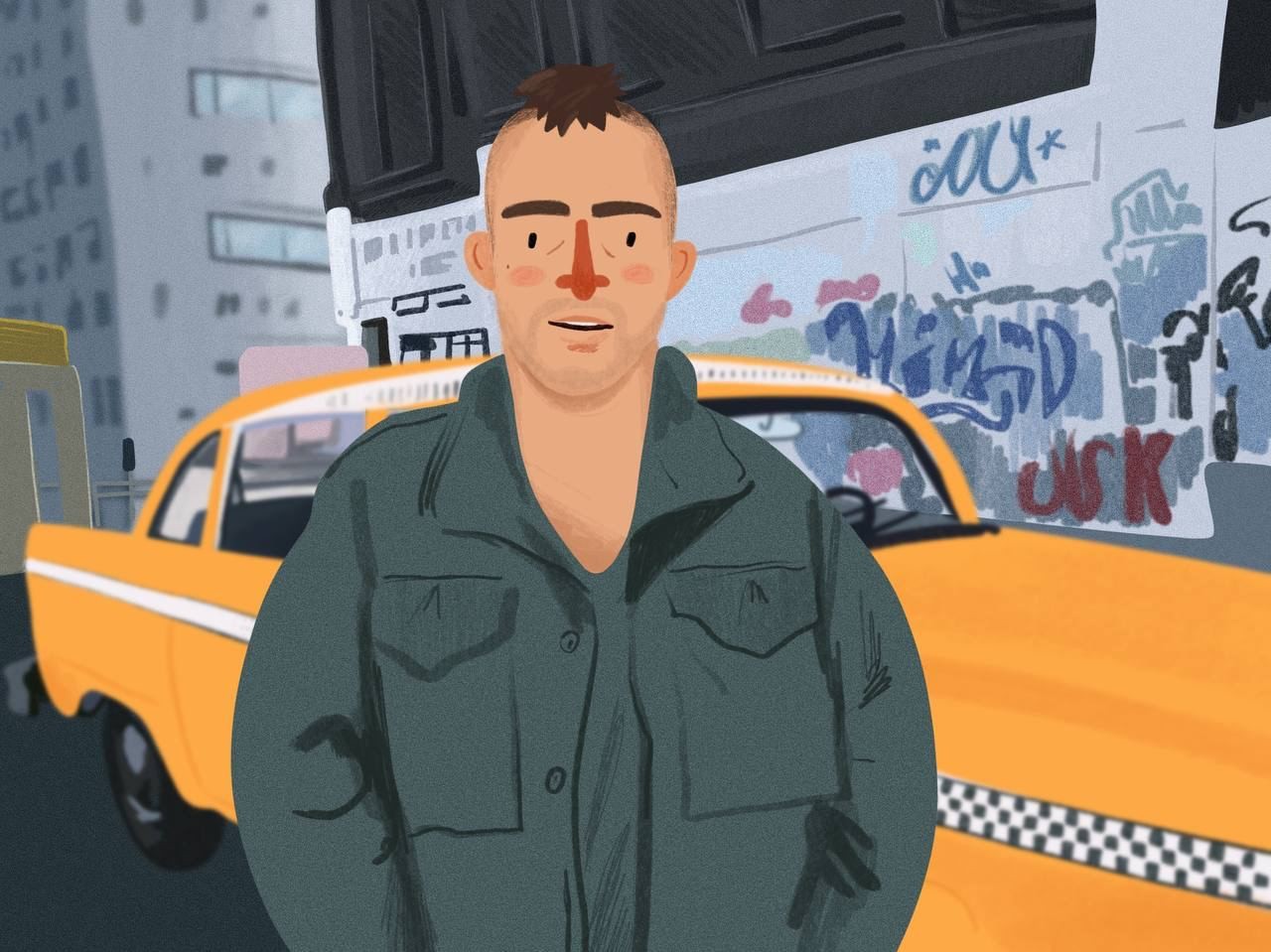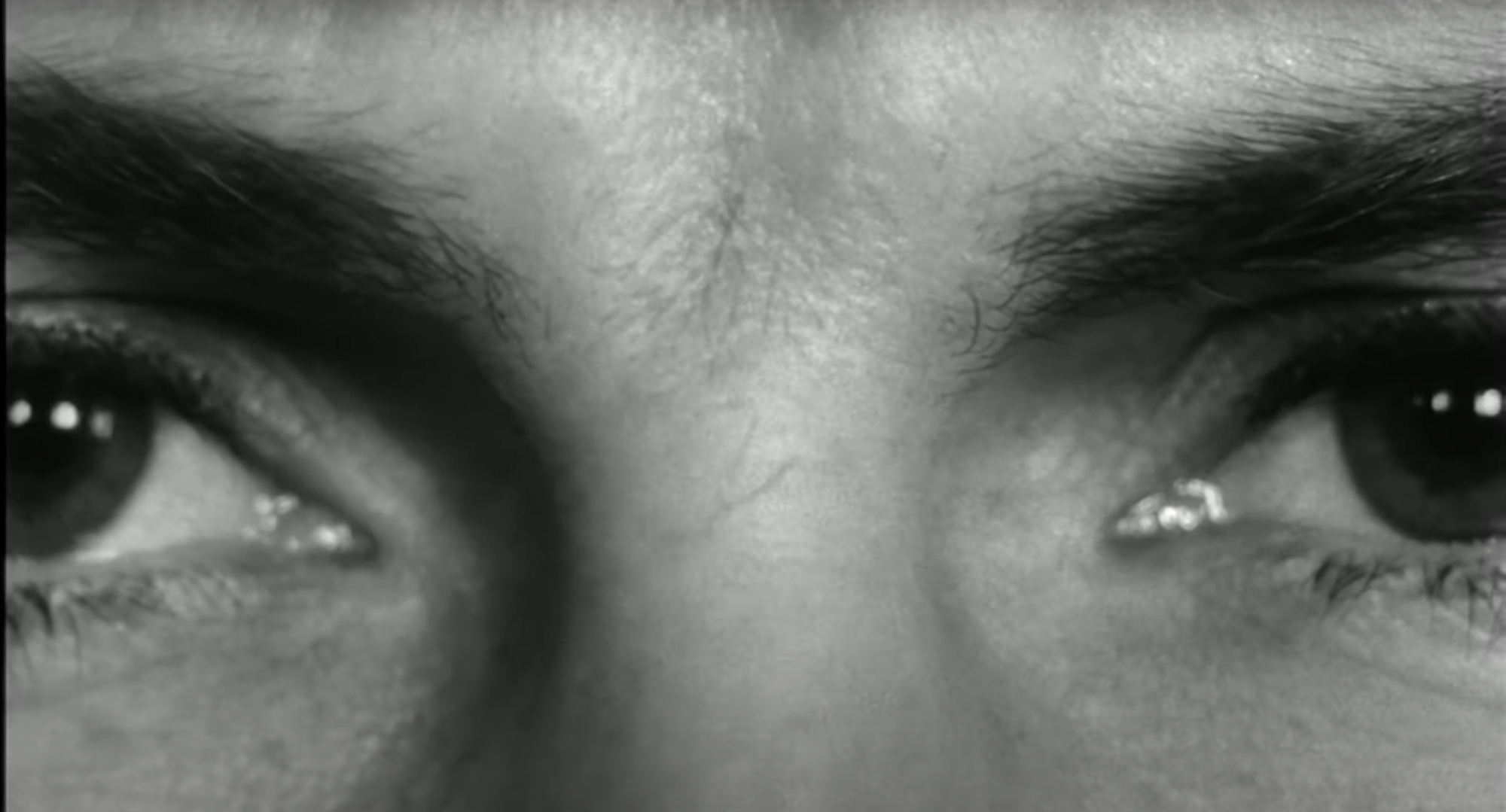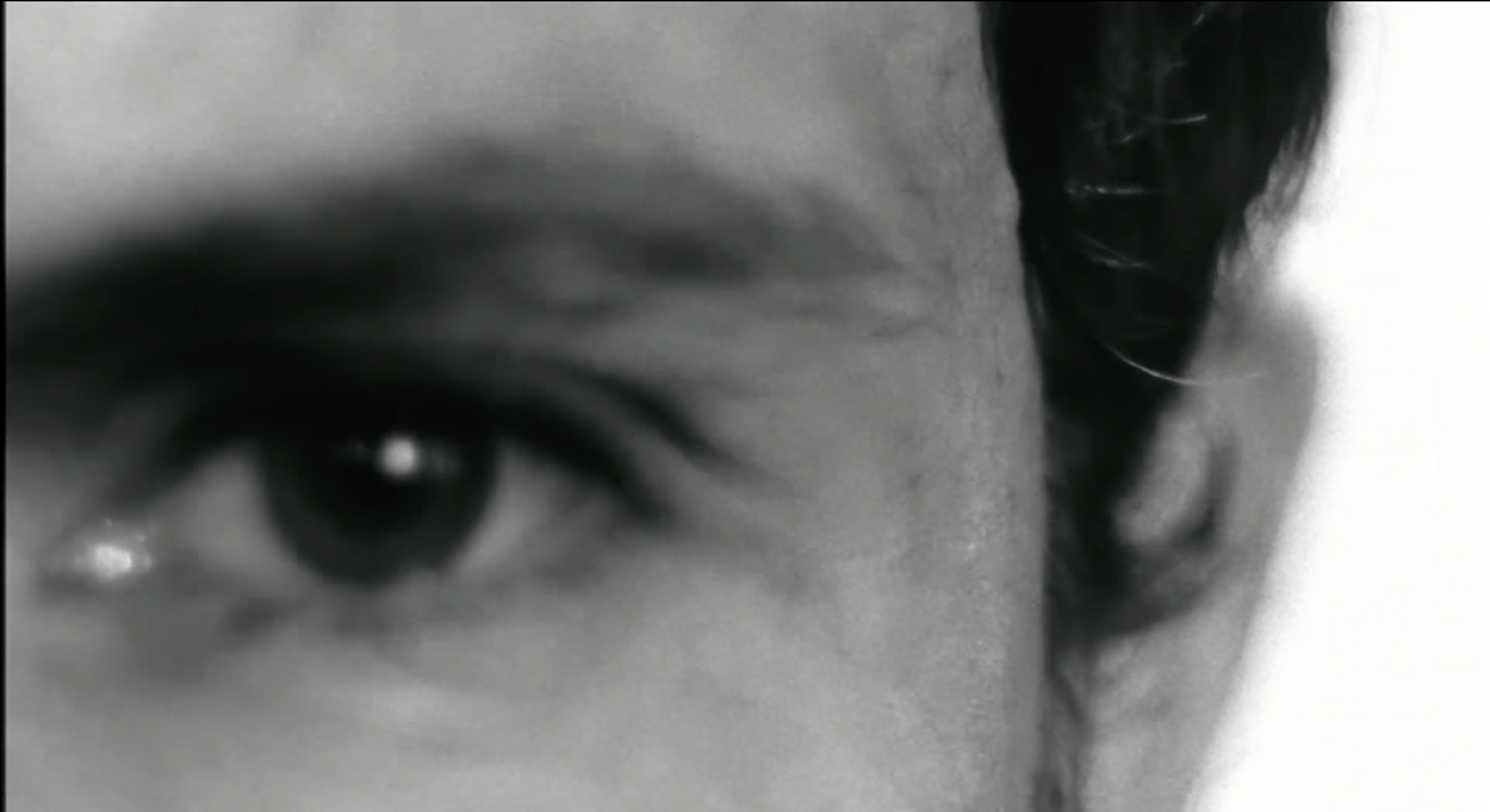The mastery of Martin Scorsese
Martin Scorsese's name is one of the loudest names in cinema, so today we turn our attention to his directorial style and tricks.


There are directors whose work is difficult to understand definitively, because their filmography is so varied and extraordinary that it would be worth writing a whole book about all the artistic techniques and directorial style. Today our blog is about such a director - Martin Scorsese. The importance of Scorsese's contribution to filmmaking cannot be overstated, as each film he directed was an incredibly immersive viewing experience. This blog is an attempt to declare our love for Scorsese's films, and to highlight the tricks and techniques that we have noticed.
Art by @nadi_bulochka
Childhood, film and religion
Scorsese was never obsessed with religion, but he grew up in a deeply religious family and planned to become a priest. You could say we're all lucky because we know that he ended up being a film director and has given us many great films.
However, the director has never forgotten his roots and has raised religious themes and context in his work. For example, in his debut feature "Who's That Knocking at My Door", Scorsese raises the age-old question of the struggle between higher ideals and lower desires. The protagonist is J.R. - is torn between his idealistic ideas about the role of women, namely "faithful", "pure" and "virtuous", and between his sexual fantasies, in which a woman is a harlot, ready for anything. all this creates an irresistible conflict in his mind between the holy and the pure against the dirty and the vicious. Exactly the same conflict is felt by the protagonist of one of the most scandalous film: "The Last Temptation of Christ".
But it is not only a moral and psychological conflict - in Scorsese's films it is also clearly expressed by the appropriate symbolism and montage. For example, Christian symbols do not only appear in the composition of the frame, but the director's camera literally captures them.
Megapolis
Having probably watched Scorsese's most popular films, you'll notice that location plays a very important role in the narrative. This is not just because the action takes place in a particular place, but because Matrin Scorsese pays a lot of attention to the city, the world in which his film takes place. And it's always a violent environment that acts as a starting point for the development of his characters. Scorsese was born and brought up in New York, so it's no surprise that it's the city where the action takes place. The director was immersed in small-town life since childhood, and watched his neighbours grow up to become gangsters. That's why New York City in Scorsese's films can't be called romanticised - on the contrary, it's presented as a scary cloaca. And Scorsese's methods of depicting the city are not monotonous. If in his debut film "Who's That Knocking at My Door" he uses a method of surveillance, live camera to create an eerie sense of co-presence, discomfort and surveillance, in "Taxi Driver", which is shot in colour, we are presented with a night New York, full of neon contrasts, which only emphasise the depravity of the city.
Often the protagonists of his films are murderers, criminals and psychopaths who were born and raised in the harsh laws of the stone jungle, where violence is the norm.
Close-up: a look
Close-ups of human eyes appear in Scorsese's films in two ways: firstly, a tracking camera that stares into the eyes of the characters while they are unaware of it. That is, it's a purely narrative technique to show something on the screen. Secondly, Scorsese destroys the fourth wall between the film and the audience with his gaze.



Thus, there is a dialogue between the audience and the characters in the film. And this dialogue is possible both verbally and non-verbally. Characters look and turn to the audience - it's as if the film is about reality. One of the clearest examples of this trick is the court scene from the film "Goodfellas", where a character goes from being a voice-over narrator to a real narrator, and he addresses the audience specifically.
Incidentally, it's also interesting that Scorsese uses this not only to fully engage the audience, but also to manipulate our attention and emotions, as in "The Wolf of Wall Street", where Leonardo Dicaprio's character literally rubs off on us.
Mirror
To understand the importance of the mirror to Scorsese, you should first watch a few of his films and count the number of times his characters have looked in the mirror. Also, it's not just a look at yourself, but a full-fledged conversation with your reflection, i.e. with yourself. The director so often leaves the characters alone with themselves because it is the most sincere moment; the moment when we are defenceless, open and true to ourselves. So when Scorsese's character is reflected in the mirror, it means one thing: we can witness the most truthful, life-changing, and dramatic moment.
Unpredictable editing
Scorsese certainly can't be said that his work is cell-less, that the editing in his films is meant to remain silent. He is the true heir to the manifesto of the French New Wave, which proclaimed cinema as a free art. This means that the film can be whatever it wants, and the editing is "open" and expressive.
So too is the editing in Scorsese's films: it almost consists of stills, repeats, overlaps, snap- zooms and zoom outs.
All this allows the unique rhythmic pattern of Scorsese's films to emerge, characterised by an unusual sequence of short and long shots. All this allows the unique rhythmic pattern of Scorsese's films to emerge, characterised by an unusual sequence of short and long shots. It is the rhythm of the montage that creates the emotion we need. For example, we can take another look at "Who's That Knocking at My Door", namely the scene where the boy and the girl meet at the beginning. It would seem that every quiet scene should have a longer, smoother shot, and every tense, active scene should have a shorter shot. However, in this scene, Scorsese has edited shots of casual conversation into shorter episodes, causing anxiety where there shouldn't be any.
Another example is the cult film "Raging Bull", namely the final battle scene, where the battle itself is composed of fast-moving shots and the moments of psychological development are marked by long shots.
Some conclusions
As we've said before: embracing the work of a maestro like Martin Scorsese is very difficult. It's just as difficult to find his distinctive techniques, because good directors simply use them, while the best ones hide them away. Scorsese belongs to the second type. In addition, he has established himself as a man capable of making a box-office movie, which, however, does not lose its artistic value. His style is vivid and recognisable, but it changes, it supplements, it evolves from film to film, so Scorsese is a genius.
We love movies here. We're talking about cinema here. Here we promote the love of art and try to inspire you to take your camera and make a short film. Leave the boring pre-production routine to the Filmustage - automatic script breakdown - and focus on your creativity!
After a long time of hard work we are happy to announce the beta-testing of the new scheduling feature in the Filmustage software. Be one of the first to test the new functionality - click here for more detailed information.
Subscribe. Do not be ill. Wear a mask. Cheers and see ya!
From Breakdown to Budget in Clicks
Save time, cut costs, and let Filmustage’s AI handle the heavy lifting — all in a single day.